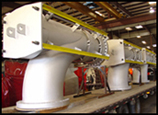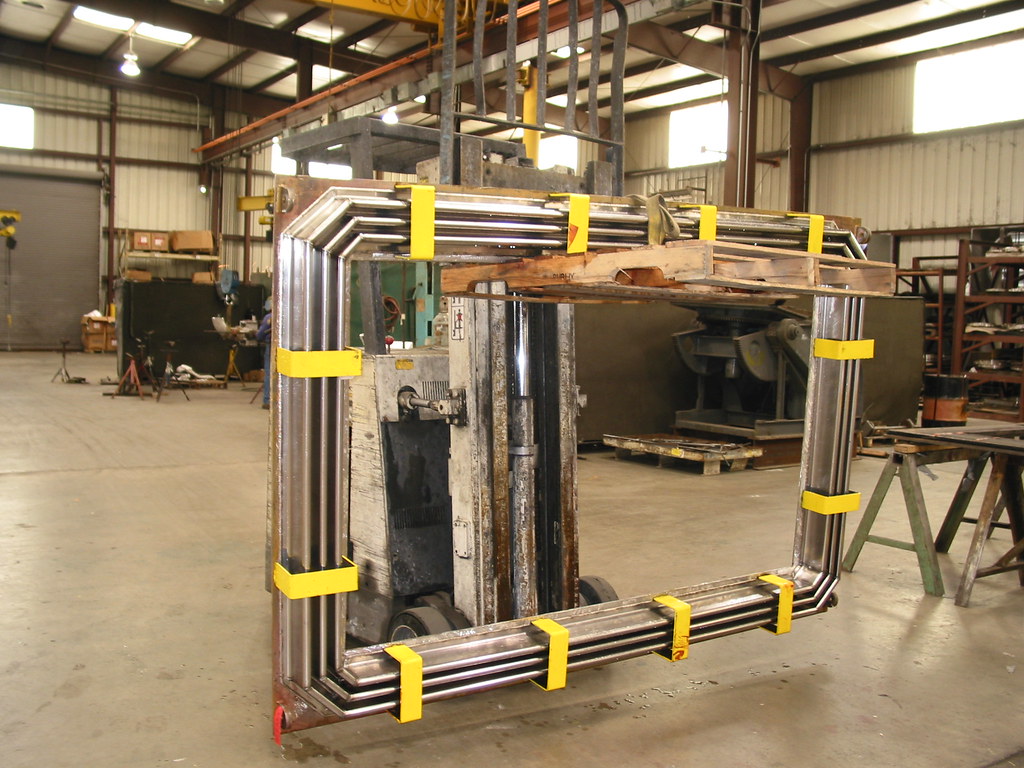U.S. Bellows, Inc. recently fabricated four rectangular primary flexible seal joints for sliding flanged connections. Designed at 2 PSIG for 1350°F, the seal joints provide for one inch of axial movement to prevent damage to flange connections. EJMA Standards and B31.3 code were used in the design and fabrication of these joints. The purpose of the rectangular seal expansion joint is to prevent leakage to the outside of the Burney Windbox. The corners are double mitered to reduce stress. Inconel® 625LCF material was used in fabricating the bellows while A240 tp 310 material was used for the frame. An air test at 5 PSIG was implemented as well as dye-penetrant test to ensure product quality.

Upcoming Live Webinar
Sign-up for a Live Technical Webinar…
Fabric Expansion Joints Webinar by U.S. Bellows, Inc.
Date: Thursday, July 3, 2025 - Register for 10:00 am OR 2:00 pm
*Note: Time Zone is CDT * Central Daylight Savings Time / GMT -5h
Live Webinars are 1 PE/PDH Credit for TX Professional Engineers
Get to know U.S. Bellows from introducing our team and manufacturing capabilities to exploring design details in technical drawings for large-scale projects. View case studies that lead to the creation of new standards and designs. Learn about cost-saving measures for expansion joint failures and how to prevent future problems.
Upcoming Webinars:
July 10th: Constant Spring Supports Design and Application Webinar 10:00 am OR 2:00 pm
July 17th: U.S. Bellows 101 - The Basics of Expansion Joints 10:00 am OR 2:00 pm
July 24th: Pipe Support Field Inspection, Installation and Maintenance Webinar 10:00 am OR 2:00 pm
View video recordings from past webinars…
Online Course
Expansion Joint Application and Design
Our Expansion Joint course was developed for the following disciplines…
- Piping system designers that may decide to use expansion joints
- Expansion joint designers use the information provided by piping system designers to determine the best design to meet the requirements.
- Designers that use modern software systems to evaluate different options
- Engineers / Managers: field, maintenance, process, operations, construction, surveyors
*This online course is approved for 8 hrs. P.E. Credits
Register Now

